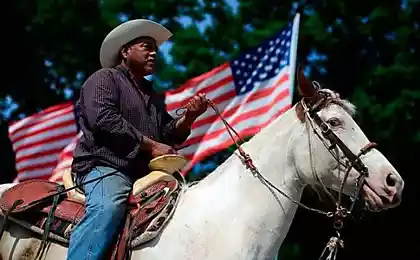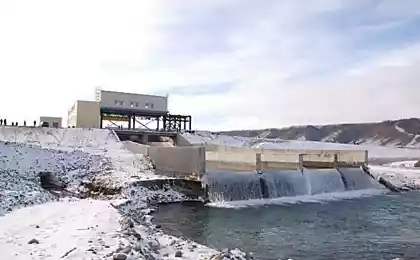136
The photovoltaic market of the United States will reach 20 GW by 2015
New capital continues to flow into the U.S. photovoltaic sector as the solar market is now able to compete in retail electricity tariffs, bringing more and more players into the market, according to a new report by consulting firm NPD Solarbuzz.
Cumulative solar capacity in the United States reached 10 GW in mid-2013 and is likely to double by late 2014 and early 2015, breaking the 20 GW mark, writes NPD Solarbuzz analyst Michael Barker.
The U.S. photovoltaic market’s economic recovery has also been fueled by continued declines in the cost of solar components and pressure from developers to complete solar projects before eliminating or reducing the federal investment tax deduction.
At the global level, the continued stabilization of the cost of solar components and the fact that government support is beginning to decline, forcing solar market players to build their projects rather than waiting for further reductions in the cost of components or new government support mechanisms, Barker adds.
While major terrestrial systems still account for the largest share of the United States solar market, other segments are also experiencing major growth.
According to NPD Solarbuzz’s latest North America PV Markets Quarterly report, U.S. total solar capacity will reach 20 GW by the end of 2014, representing a doubling of total solar capacity over two years, with a compound annual growth rate of more than 50% since 2006.
Barker notes that despite the fact that large terrestrial solar systems still account for the largest share of installations in the US market, all market segments are experiencing growth. Strong market growth is currently being driven by the inflow of new capital for centralized and distributed power generation. The solar leasing market, where owners do not need to make initial capital investments, also provides significant growth in the distributed energy segment.
Solar PV systems are proving increasingly attractive to installers and utilities, as well as institutional investors, private owners and municipalities, due to the growing recognition that solar PV systems are a source of long-term income with relatively low risk, Barker adds.
However, Barker emphasizes that there are several risks that could affect the growth of the U.S. solar market, including problems at the state level with obligations to replenish the energy portfolio with renewable energy sources, clean measurement programs and uncertainty related to the ongoing federal investigation into Chinese and Taiwanese PV components.
“If government policies to support solar power were drastically curtailed, or if imports of PV modules were severely restricted, this could trigger lower demand or higher prices,” he said. And if the impact of these policy changes is not seen as quickly, any supply curtailment will quickly be visible to market players across the country.
Source: aenergy.ru
RSC Energia will be sent to the moon tourists four years
Renewable energy sources on Kamchatka and in Yakutia – the symbol of the new power industry of Russia























